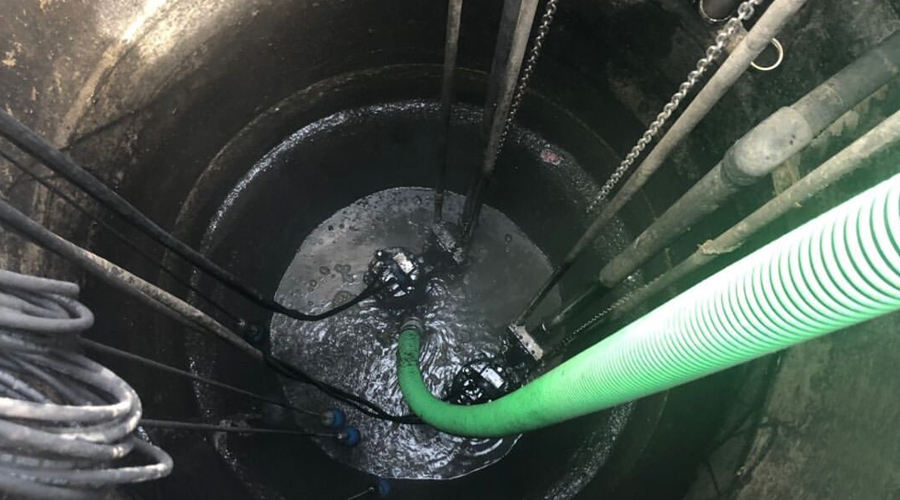Lift Station Services in South Florida

Lift Station Services in South Florida
A lift station is used to pump wastewater or sewage from a lower level to a higher level of elevation through pipes. There are two main elements to a lift station: The wet well and the controls. The wet well is a basin into which the inflow is discharged and where the pumps sit. The control panel is the brain of the lift station. So, how do lift stations work? Sewage is stored and fed into a pit.
Once this sewage reaches a certain level, electrical instruments, called floats recognize the pit is full and activate the pumps, which will then pump the sewage out to its next destination. Most lift stations are housed underground to prevent health risks in a confined area, since the sewage can release poisonous gases like methane and hydrogen sulfide. We professional as, Pump Outs Unlimited, can also ensure proper maintenance of your lift station. The pumps, electronic controls, and electrical system are all in a constant corrosive environment, so lift stations require maintenance to prevent the need for costly repairs.
